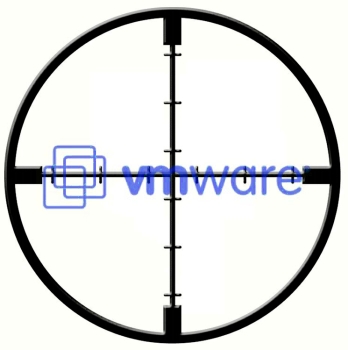VMWare's filesystem clustering cracked open


While Fluid Operations' Java-based driver is only in the early stages, and is currently only read-only capable at this point, this represents some of the very first significant efforts by the independent Open Source community to provide interoperability with VMWare's standards.
Click on the "Read the rest of this entry" link below for more.
VMWare itself has only had a few exploratory forays into Open Source. In 2006 they opened their Virtual Machine Disk Format (VMDK) which is used as the file container for all VMWare VMs. About a year ago, the company released Open-VM-Tools, the paravirtualization drivers for optimizing video, I/O, network and mouse operations within a VMWare virtual machine. VMWare recently announced VMWare View Open Client which enables Linux-based systems to connect to remote desktops. VMWare has also released the modifications to GPL/LGPL-licensed components used in their products, but has fallen short of actually open sourcing their ESX hypervisor, the crown jewel of the VMWare stack.
Also Read -- VMWare: Time to Pay the Open Source Piper
Why is Fluid Operations' VMFS driver important? Well, for starters, even with it being read-only capable at this point, it brings in the near-future possibility of no longer needing to purchase VMWare's Consolidated Backup software, which is essentially a read-only VMFS software driver for Windows that is used as a gateway for enterprise backup software such as IBM's Tivoli Storage Manager, Symantec's Netbackup, CA ArcServe and EMC's Legato to directly access VMFS volumes on a Storage Area Network (SAN). This eliminates the need to install network-based backup agents directly on Virtual Machines and use the LAN for backup traffic -- a backup job can be consolidated down to backing up the VMDK files on the VMFS volumes to disk or to tape. With the Fluid Operations driver, you could potentially build VMFS functionality directly into a Linux or UNIX-based media server for no extra cost.
The holy grail of Fluid Operations' efforts, of course would be to build a native read-write VMFS driver, with full clustering capabilities, and the ability to natively build fresh VMFS volumes under Linux, UNIX and Microsoft Windows. This would allow VMFS to become the de-facto VM cluster file system standard for all hypervisors, not just VMWare's ESX. It should be noted that Microsoft will be releasing its own clustered version of their NTFS file system with Windows Server 2008 R2 to support VM clustering in their own Hyper-V virtualization layer, but to date has never indicated that the specifications for NTFS will ever be released into Open Source.
[poll id="10"]
This begs the question -- should VMWare itself open its VMFS specification, as it did with VMDK? And should VMWare Open Source it's ESX hypervisor now that Citrix has released its competing enterprise hypervisor product, XenServer 5 for free? Talk back and let me know.
[poll id="11"]